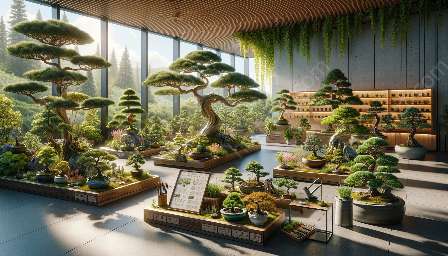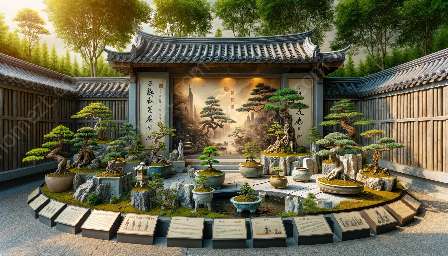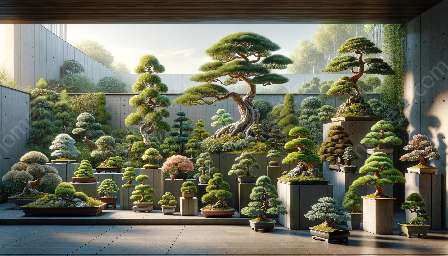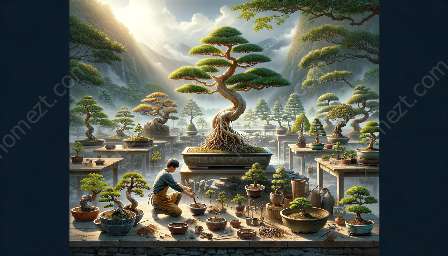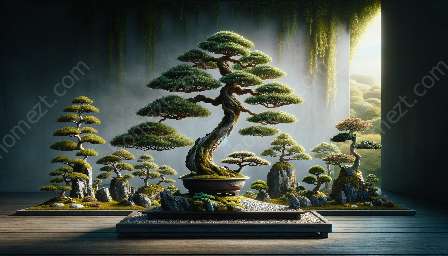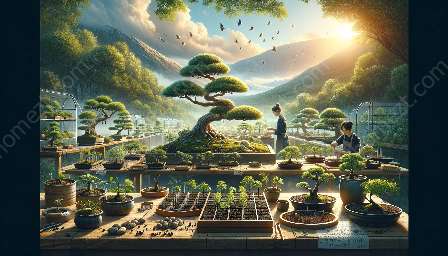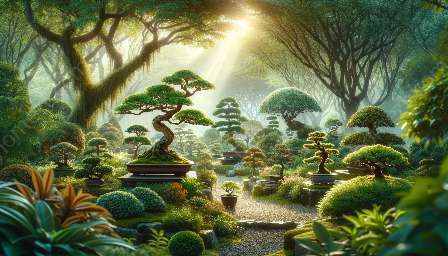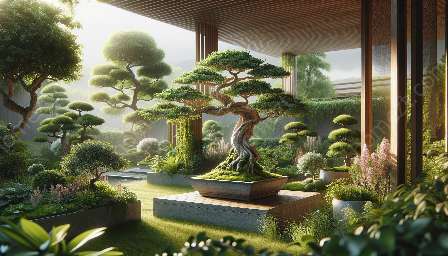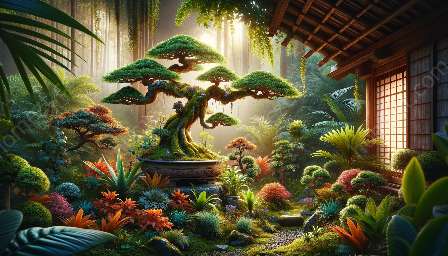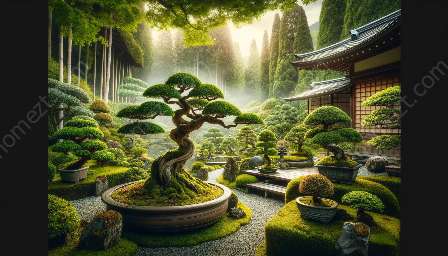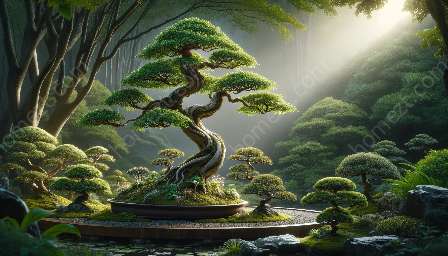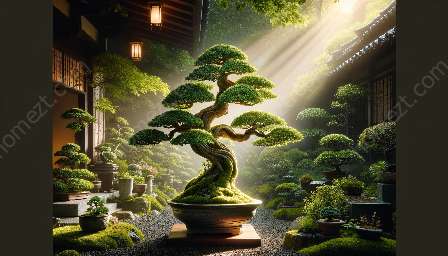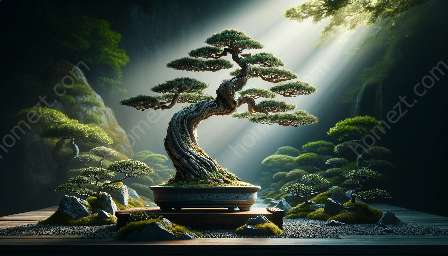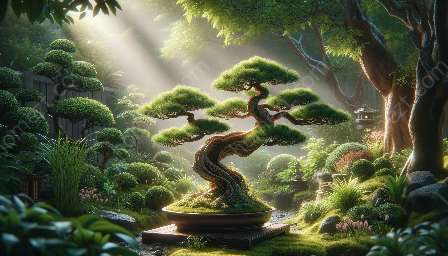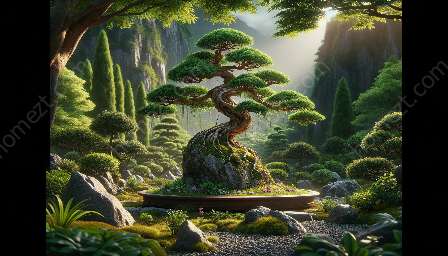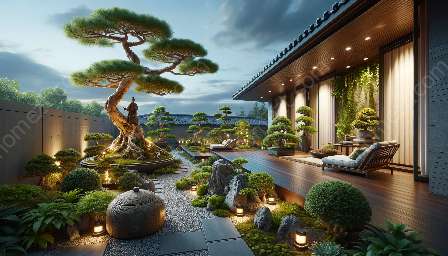Growing bonsai trees is a rewarding pursuit that requires careful attention to detail and the health of your plants. As with any type of horticulture, bonsai cultivation is not exempt from the threat of pests and diseases that can affect the well-being of your carefully nurtured trees. In this comprehensive guide, we'll explore the common pests and diseases that can impact bonsai trees and provide detailed insights into effective prevention and treatment methods.
The Importance of Pest and Disease Control in Bonsai Cultivation
Bonsai trees, with their miniature stature and exquisite beauty, require meticulous care to maintain their health and appearance. Pests and diseases can quickly damage or destroy the years of effort invested in cultivating these living works of art. Without timely intervention, pests and diseases can weaken or even kill bonsai trees, undermining the dedication and passion of their caretakers.
Common Bonsai Pests
Despite careful cultivation, bonsai trees are vulnerable to a range of pests, some of which can be particularly challenging to manage. Common bonsai pests include aphids, spider mites, scale insects, and caterpillars. These pests can cause significant damage by feeding on the leaves, stems, and roots of bonsai trees, leading to stunted growth, wilting, or defoliation.
1. Aphids
Aphids are small, soft-bodied insects that cluster on the undersides of leaves, sucking sap from the plant and eventually causing leaf distortion and yellowing. They reproduce rapidly, making it crucial to address an infestation promptly to prevent widespread damage.
2. Spider Mites
These tiny pests are often difficult to detect, as they are typically found on the undersides of leaves. Spider mites feed by piercing the plant tissue and extracting sap, leading to withered and discolored foliage.
3. Scale Insects
Scale insects, which can resemble small bumps on plant stems and leaves, feed by piercing the plant and draining its juices. Heavy infestations can lead to weakened bonsai trees, resulting in slow growth and diminished vigor.
4. Caterpillars
Caterpillars can be particularly destructive, as they consume leaves and tender growth, defoliating bonsai trees and impacting their overall health.
Recognizing Bonsai Diseases
In addition to pests, bonsai trees are susceptible to various diseases that can compromise their vitality. Fungal and bacterial diseases, such as powdery mildew, root rot, and leaf spot, are among the most common issues encountered by bonsai enthusiasts. These diseases can manifest in different ways, including discolored or distorted foliage, lesions on stems, and overall decline in plant health.
Effective Measures for Prevention and Management
Protecting your bonsai trees from pests and diseases requires a proactive approach that encompasses several key strategies. Regular inspection of your trees is crucial for early detection of any signs of infestation or disease. Maintaining proper growing conditions, including adequate light, ventilation, and appropriate watering, can help promote the overall health and resilience of your bonsai trees, making them more resistant to pest and disease challenges.
When dealing with pests, several methods can be employed, including mechanical removal, insecticidal soaps, and insecticides, though careful consideration should be given to the specific needs and sensitivities of your bonsai species. For diseases, cultural practices such as proper sanitation, pruning, and careful use of fungicides can aid in managing and preventing the spread of pathogens.
Fostering Healthy Environments for Bonsai Trees
Creating and maintaining a healthy environment for your bonsai trees is essential for minimizing the risk of pests and diseases. Ensuring proper air circulation, maintaining clean growing mediums, and providing appropriate nutrition can fortify your trees against potential threats. It's also crucial to consider the specific requirements of your bonsai species, as different trees may have distinct susceptibilities and preferences.
Integrating Bonsai Pest and Disease Management with Gardening and Landscaping
The knowledge and techniques employed in managing pests and diseases in bonsai cultivation can be extended to broader gardening and landscaping practices. Understanding the principles of pest control and disease prevention can benefit the overall health and vitality of plants in various settings, whether in a home garden, commercial landscaping, or public green spaces.
By applying integrated pest management practices and emphasizing proactive measures, gardeners and landscapers can maintain healthy and thriving plants while minimizing the need for extensive chemical interventions. This holistic approach not only contributes to environmental sustainability but also enhances the beauty and longevity of cultivated landscapes.

